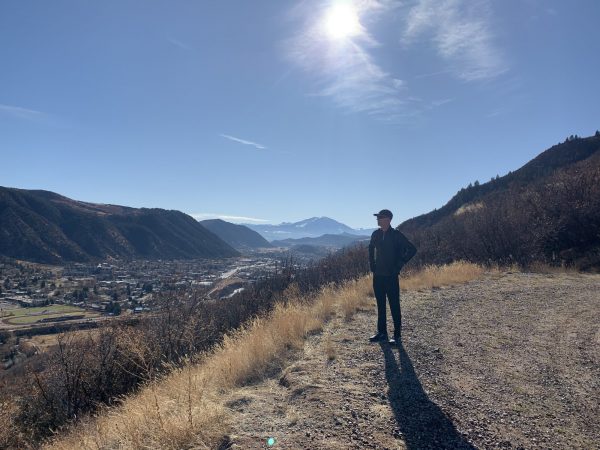
Some boundaries are drawn in sand, stand as walls, or mark geopolitical borders on a map. Another sort of boundary is created by unfamiliar terminology or jargon. The resulting difficulties in translation are the sort of impediment common in the sharing and understanding of scientific knowledge. The Department of Journalism and Media Communication's Center for Science Communication is determined to remove those boundaries and improve general knowledge of scientific concepts, findings, and impacts.
Boundaries, Networks and Convergence
we hear these terms, or some version of them, every day with anyone and everyone touting the benefits of navigating borders, building relationships, and making connections.
Dr. Joseph Champ is one of Colorado State University’s most influential navigators of interdisciplinary networking within the realm of science communication. Soon after he came to CSU in 2001, he became aware of the need for connections between natural resource scientists, land managers and communication research professionals, so he went to work.
“This is the interesting part—when I first began building these relationships, these agency communicators with the Forest Service, the National Park Service, and other science-focused organizations were coming to me saying that communication is changing, mass media are changing, that technology is changing. It’s all going digital. They felt out of step with society,” Champ remembered. “And then they asked me what I had that could help them. '...What kind of students do you have, with what skills? And do they know how to communicate in this digital realm in ways that might transcend ignorance and skepticism about evidence-based land management?'
“They were looking for somebody who could give them some new ideas, new strategies, new skills—and that’s where we (the Center for Science Communication), come in.”
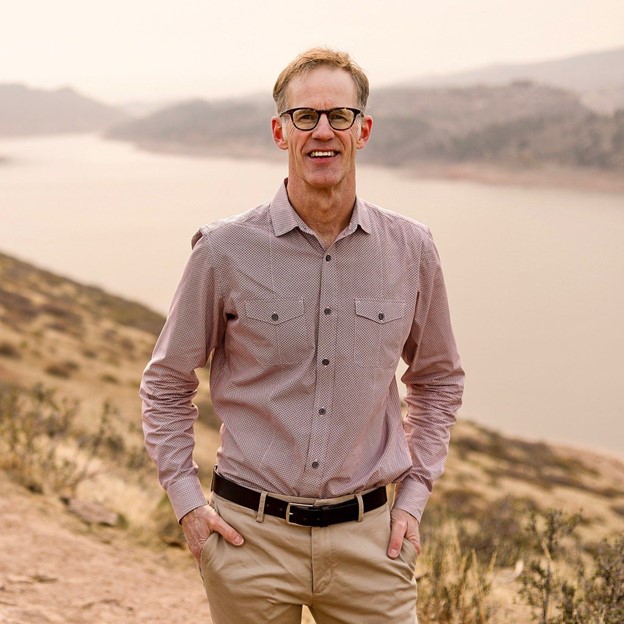
“A fun part of my job is, well, what I would call a being a headhunter, but that’s not exactly culturally acceptable,” Champ chuckled, “But, it’s somewhat true. It’s the notion of being a facilitator for students—it’s really something I enjoy and that has become a hobby of mine. Students will approach me saying, 'Hey, look this career within blank is something I’m really interested in,' and I’ll help them find connections and an opportunity within that industry.”
Joe Champ, Ph.D., is an associate professor within the journalism and media communication department, and one of the Center for Science Communication’s superstars. His unique research experience is in environmental communication, media, critical and cultural identity, qualitative methods, and video production, among others. Champ has published in journals such as Environmental Communication: A Journal of Nature and Culture and the Journal of Media Education. These and other publications enhance collaborations with the USDA Forest Service, the National Park Service, and the United States Geological Survey.
During Champ’s time at CSU, he’s helped hundreds of students cross geographical, discipline-related, and educational barriers to become successful journalists and communicators. So, Joe Champ, headhunter extraordinaire, may best be envisioned as the Center for Science Communication’s recruiter—finding jobs for students who are willing to share their goals with him.
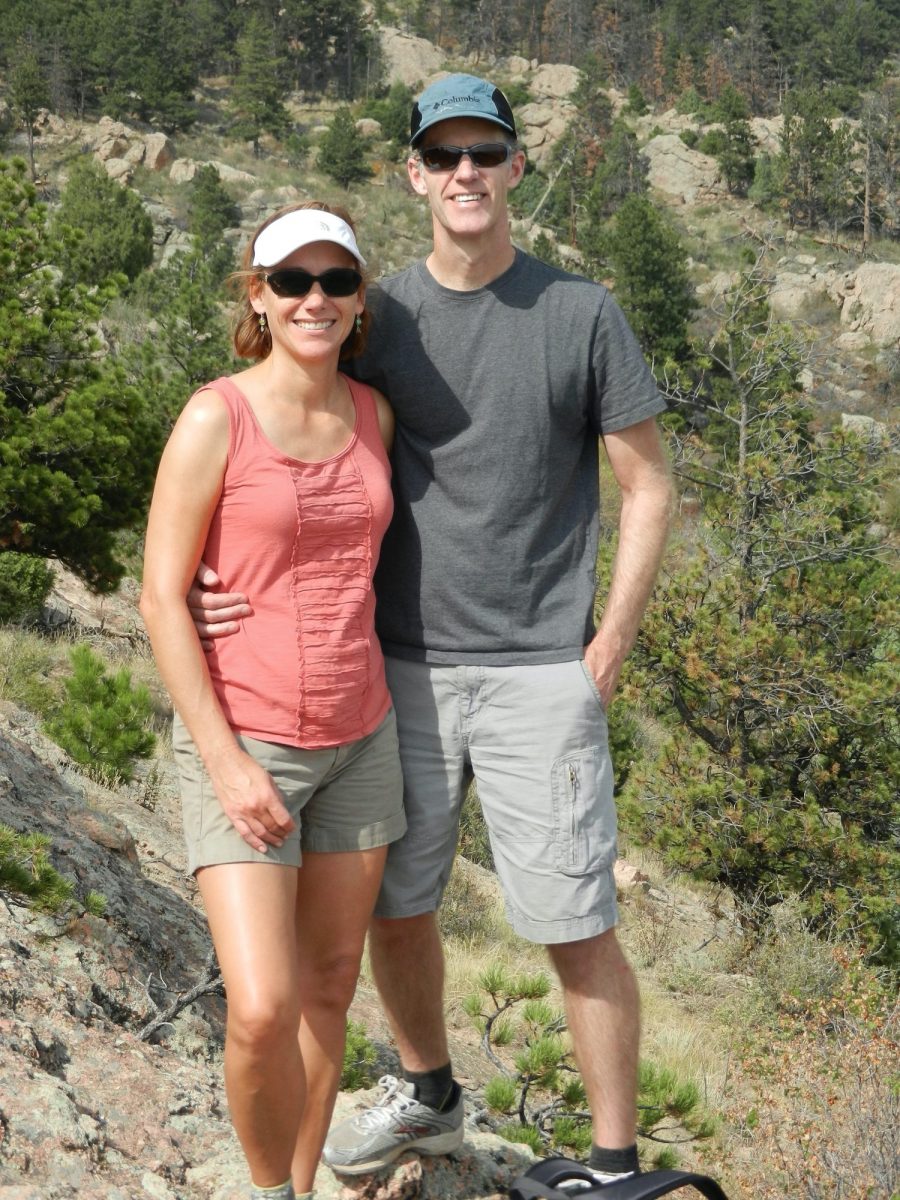
“The bridge building came quite naturally,” Champ offered. “My wife, Patricia Champ, is an economist with the Rocky Mountain Research Station with the Forest Service. Over the years, I got to know a lot of friends and built relationships with the Forest Service—oftentimes, it was as simple as spending an evening with these people, cracking open a beer with researchers, and just building friendships.”
Through Interactions of Society and the Environment Seminar Series (ISESS), a group of agency researchers looking at Human-Environmental Interaction, Champ began planting the seeds for a potential network formation between CSU communicators and scientific research.
“With the convergence of digitalization, everything just comes together now, and that’s what these scientific researchers were searching for to communicate their findings. When you watch your TV, or video clips embedded in websites, there’s often text that comes along with it, very much like newspaper and magazine. There’s audio too—sound familiar? These are all things we do, and that’s what they realized they needed. Scientific organizations like the Forest Service and National Park Service had a real reason—an incentive—to partner with the university,” Champ exclaimed. “They also really like to help students, which is a huge part of their mission. Ever since about 2012, we’ve had firm relationships with these organizations; it’s ceremonious, actually, that they let us rotate three to four interns from CSU working with these science communication offices. In fact, I think we’ve had 15-20 different interns [with the Forest Service alone] already. We’ve had nearly that many with the Park Service as well.”
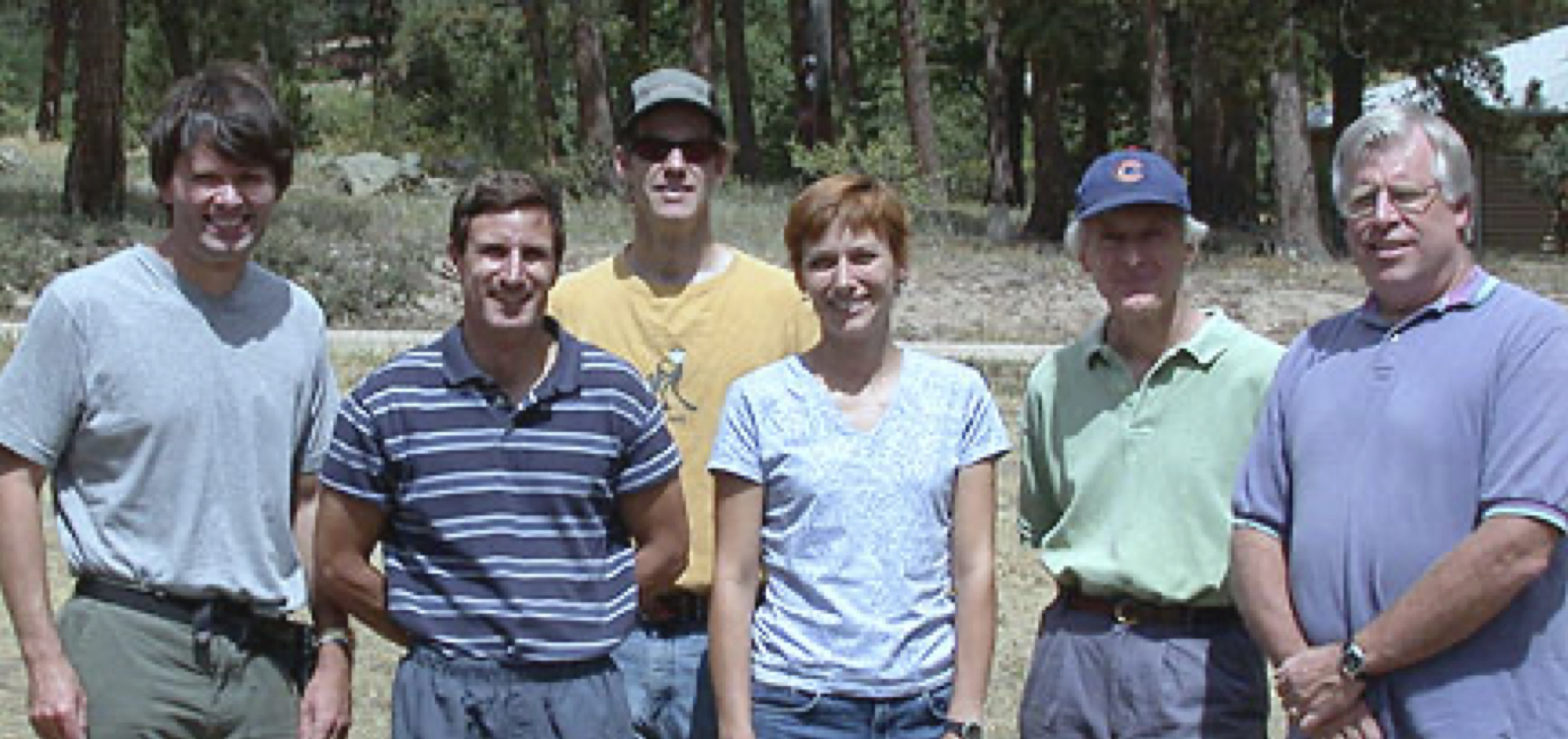
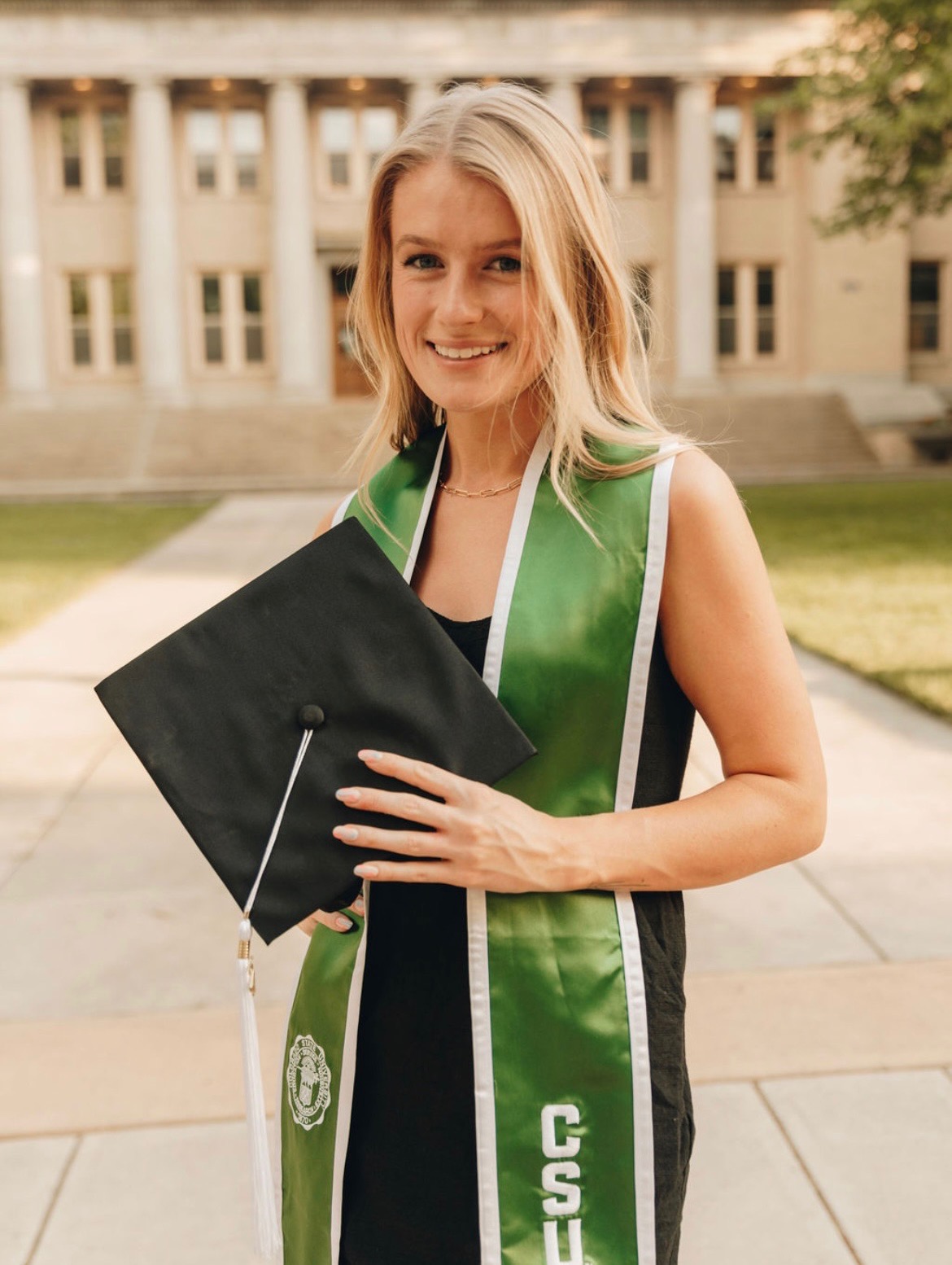
Championing student career success
Champ deliberately skirts traditional, discipline-based confines to create student job opportunities for students who show up—physically, energetically, and academically. As a result, many former CSU students credit their careers to the network provided by Champ.
Nora Anderson, recent JMC graduate, and current public relations specialist for CIG (Communication Infrastructure Group), was connected to a communications internship with the U.S. Forest Service, and a social media management internship with the National Park Service, thanks to her diligent passion for communication and willingness to build her own relationships and social network. When Anderson’s career interests met Champ’s connections early on in her education at CSU, her networking hub expanded dramatically.
“Joe was starting the science communication club, and they needed a treasurer. So that’s really how I initially began working with Joe, Katie (Abrams), and more of the CSC faculty through the club and really started gelling with that community,” said Anderson. “Then, Joe called me one day, saying he had a job opportunity, and asked if I had a job right now; just totally out of the blue.” She told Champ that she was all-ears.
“I somewhat figured it would be his assistant or something like that, but then he went on to casually tell me: ‘Cool! It’s with the USDA Forest Service, and you would be a communications intern if you’re interested.’,” Anderson smiled, “So basically, he was offering me my dream job; I had to apply. From that point on, Joe has been my mentor ever since.”
“Who knows what my career would look like if I didn’t apply? Sometimes you just need to take a leap of faith—especially when you have people like Joe and the CSC behind you.”
Anderson completed that internship, then started an internship with the National Park Service (another Champ recommendation) in August of 2020. It’s undeniable that Anderson’s successful undergraduate experience was thanks to her work ethic, but there’s also something to be said for being, well, on the list. The ‘list’ includes students who have demonstrated a willingness to put in hard work, to show up for extracurricular opportunities, and who have the tenacity to cross disciplinary boundaries into new, but meaningful territory.
“I’m not sure I would have ever had the confidence to even apply for a communications internship with the NPS if Joe never sent me an email, saying it would be a good fit for me,” Anderson said. “Who knows what my career would look like if I didn’t apply? Sometimes you just need to take a leap of faith—especially when you have people like Joe and the CSC behind you.”
As Anderson finds herself on the brink of an exciting career, another CSU graduate offers praise for Champ. “It was really easy to work with Joe, in part because I had already established a working relationship with him in the intro JTC 100 course. He’s a comfortable, attentive guy, and once I started my work with white-nose bat syndrome, he let me go my own way with it; I had a lot of flexibility, and he was extremely helpful with feedback and keeping me on track,” says Kristy Burnett, a communications specialist with the National Park Service.
Burnett graduated CSU in 2015 with a bachelor’s degree in journalism and a master’s in public communication. Her specialization in research and journalistic writing caught Champ’s attention.
“I worked with a small business-to-business marketing company, and I wasn’t really into it; that’s when Joe floated the opportunity to work on the bat project with the NPS, and I thought it sounded great—way better than what I was doing at the time,” Burnett said. “I didn’t know anything about white-nose syndrome when we started, but working with everyone at the NPS…they’re all so knowledgeable and enthusiastic about the work they do. It’s a really fulfilling place to work, and now I find myself as a key part of the NPS team tackling this disease.”
For Burnett, the challenge was less about the actual research related to bats and more about the message of communicating difficult-to-understand science to audiences outside of the scientific community. “Joe probably knew I didn’t know anything about bats or even care that much for natural resources at that point, but he still encouraged me. He told me I had the skillset to work at the National Park Service, and that everyone there would be very supportive of me and my research, which was a huge comfort to me,” smiled Burnett.
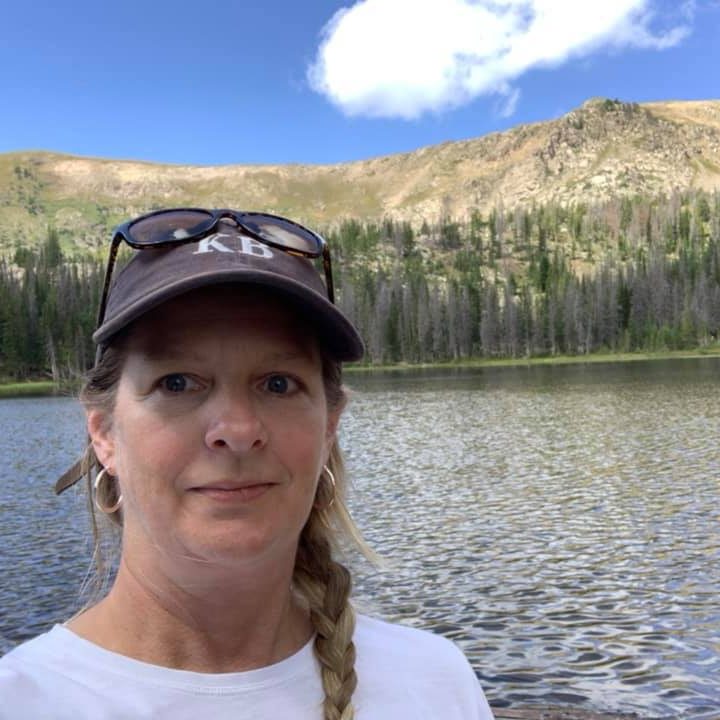
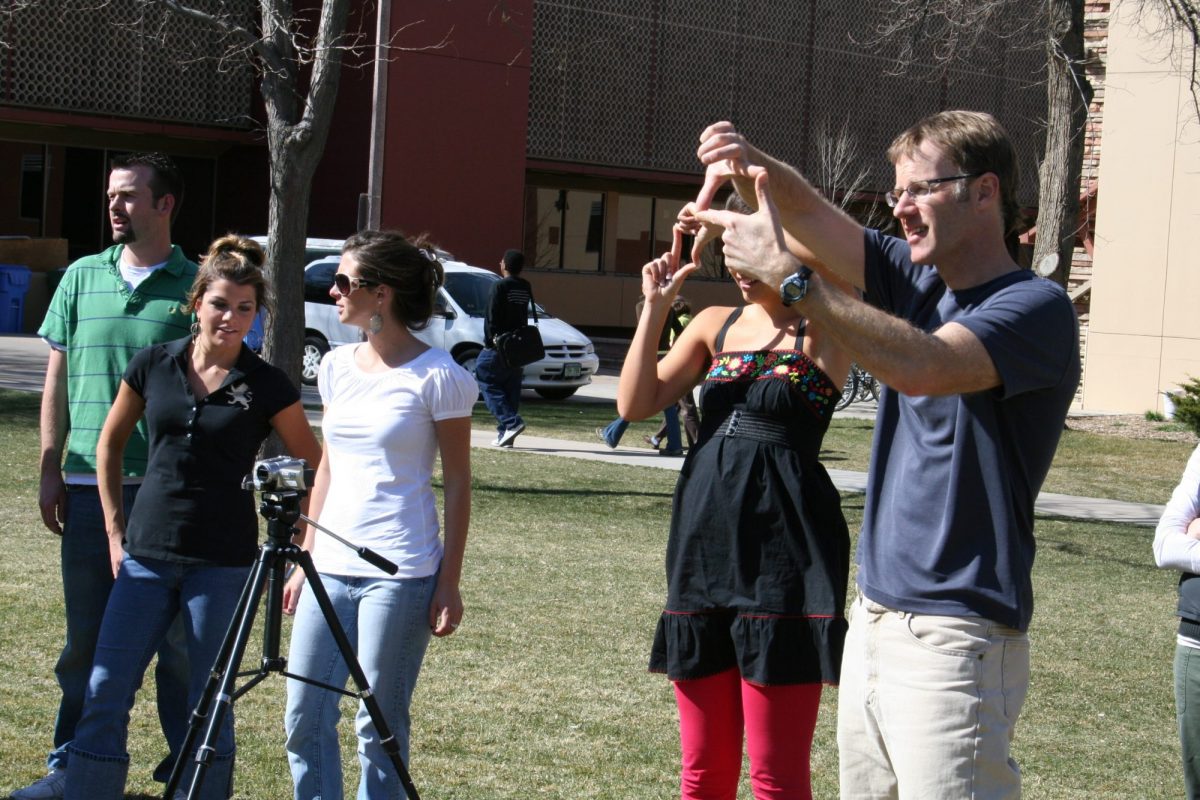
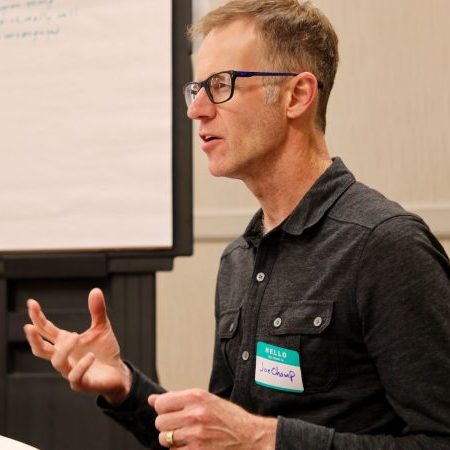
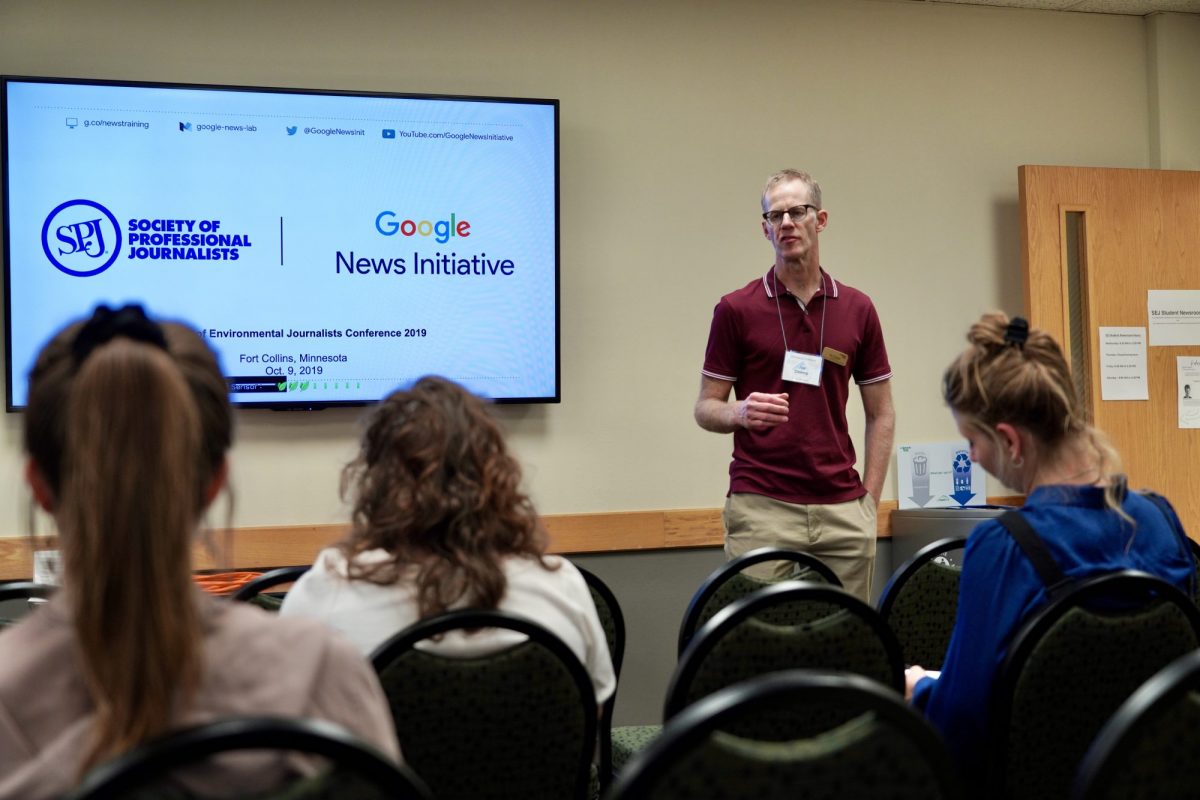
Burnett and Anderson are prime examples of due diligence, hard work, extensive communication networks, and the awareness that the future of life on our planet is dependent on removing boundaries to knowledge and understanding.
As these graduates, and many other students have found, science communication is nothing without mentors and training to aid in an organization’s communication goals. The Center for Science Communication provides this opportunity, giving students the chance to study under well-versed professors, discuss difficult media topics, and formulate a career within disciplines of their choosing. The CSC’s diverse team of professors and resources, and the foundations put in place by Champ and the rest of the CSC faculty, mean the next generation of science communicators will continue to utilize research-driven strategies to enhance the role of science communication well beyond campus boundaries.
“I’m proud of how the center (CSC) has grown. We’ve built this center that knows what’s going on around campus as far as science communication, and we have goals to potentially coordinate that activity,” Champ said. “The more connections across campus we make, the more our students will be motivated to spread science communication, and that’s our goal here at the CSC.”
Navigating Borders
From water to dance, science to film, clay to gender, the liberal arts helps us navigate the borders in our lives that are physical, metaphorical, or cultural.
